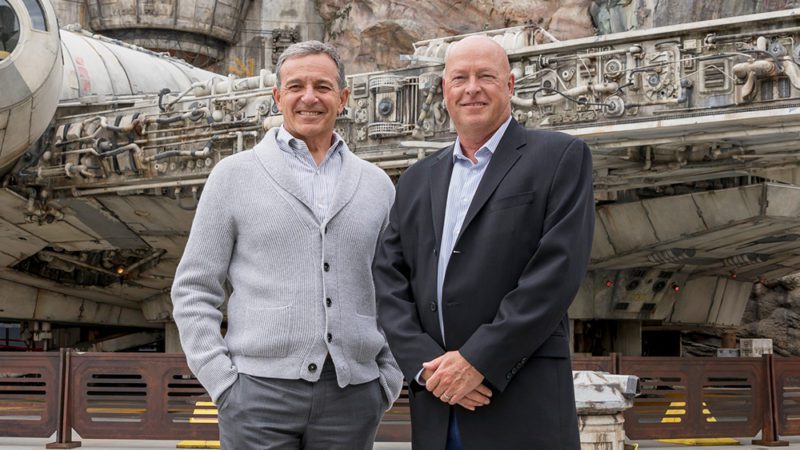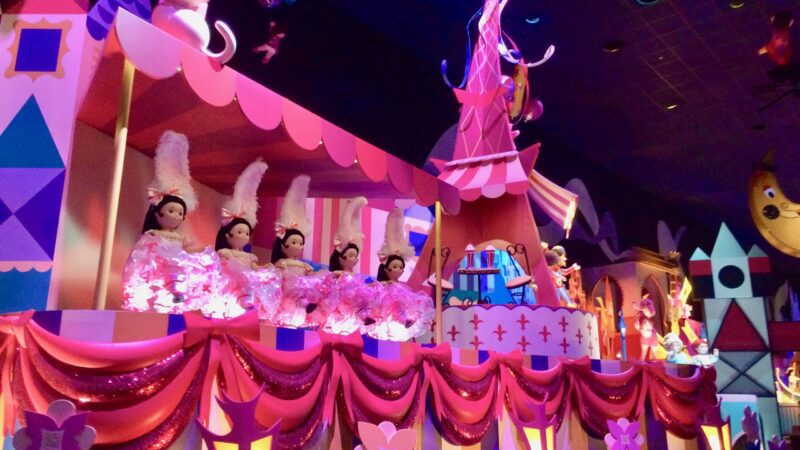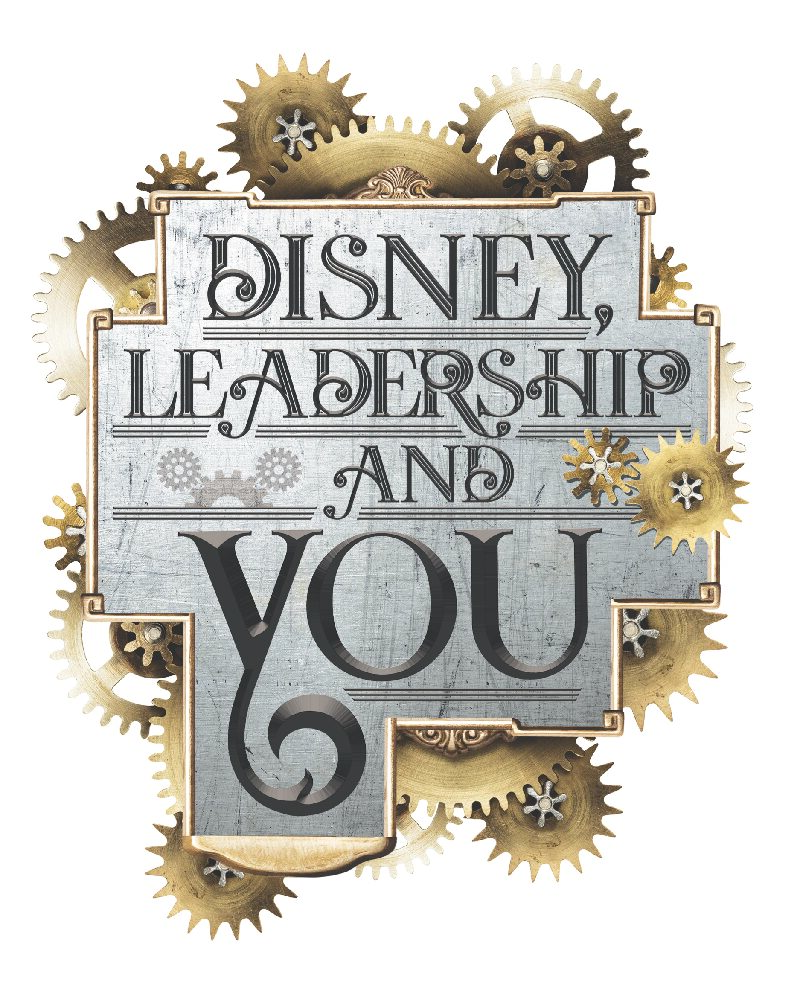The Morning Report: Zebras & Dolphins

Chimps are going ape, Giraffes remain above it all
Elephants remember, though just what I can’t recall
Crocodiles are snapping up fresh offers from the banks
Showed interest in my nest egg but I quickly said “No thanks!”
We haven’t paid the hornbills and the vultures have a hunch
Not everyone invited will be coming back for lunch.
This is the morning report
Gives you the long and the short
Every grunt, roar, and snort
Not a tale I distort
The Morning Report from Disney’s The Lion King
The Morning Report lately has detailed news of zebras replacing the previous closing scenes of Kilimanjaro Safaris. Instead of a visit to the audio animatronic “Little Red” elephant and its associated set pieces, a zebra watering hole will go in its place. The emphasis in many of the stories is around how live animals will replace fake animals, and how the whole story and emphasis of finding poachers will be re-emphasized.
But this isn’t the whole story.
The truth is, zebras have had a history at Disney’s Animal Kingdom of not really getting along with everyone. Apparently they were trampling some of the smaller species on the savannah. Certainly they’ve been there since opening day. But not long after the park opened, the zebras were largely banished to the back berm of the park. For many years, you had to be lucky to see them in the distance as you were crossing the rickety bridge going into the elephant domain. If you weren’t aware, toward the left beyond the canal is an additional area for retired animals or those who couldn’t get along well in the sandbox as well with others. They’ve since been in and out of the safari in recent years. Sometimes you see a few. Some months will go by and you won’t see any. They fare much better among the selected stock that are part of Disney’s Animal Kingdom Lodge.
With a cattle grate separating the old poacher camp/Little Red area from the rest of the park, it will be easier to have a separated area for the zebras. Other animals may join, but they will at least be ones that can defend themselves from the zebras. Interestingly, zebras are social creatures. They tend to move in groups or herds. They just can’t get along that well with everyone else. In fact, one African folk tale explained that the zebras were once all white, but acquired its black stripes after a fight with a baboon over a waterhole. After kicking the baboon so hard, the zebra lost its balance and tripped over a fire, and the fire sticks left scorch marks all over its white coat.
This isn’t the first time animals didn’t get along at Walt Disney World. Dolphins are also very social creatures, and depend on this interaction for hunting, mating, and defending themselves. They’re just not so good at getting along with everyone else who isn’t a dolphin. When The Living Seas opened at Epcot, the curators there hoped the dolphins would get along with everyone in the tank, but it was a matter of time before an enclosure was added. Such a grate allowed fish to come in, but the dolphins had to stay on their side of the playground. You’ll notice when you study the tank that most of the thousands of fish in that environment never go over to visit the dolphins. Over time the dolphins don’t even know better. Occasionally keepers will open the door between the two enclosures. The dolphins will look at it curiously, but are too settled in their area to venture out.
While not wanting to create an anthropomorphic analogy here (something Disney does very well), we as humans end up doing this a lot as well, even at work. We often get along well with everyone in our own department or area. But we’re not as good at interacting with people from other departments. Ask yourself:
- Do we tend to do our own thing?
- Are we second guessing what others outside of your team expect of us?
- Do we fix problems efficiently in our own area, but fail to consider the impact on other departments?
- Do we communicate only on a “needs to know” basis?
- Do we hold ourselves accountable to others outside of our own department?
In many ways, it’s the little things we do that “tramples” on the work of others. You may see yourself as social, but do you really extend yourself to other areas of the organization in the same way you mingle among your own? Think about how you and your team comes across to others in your own corporate savannah.
And that concludes the Morning Report.






